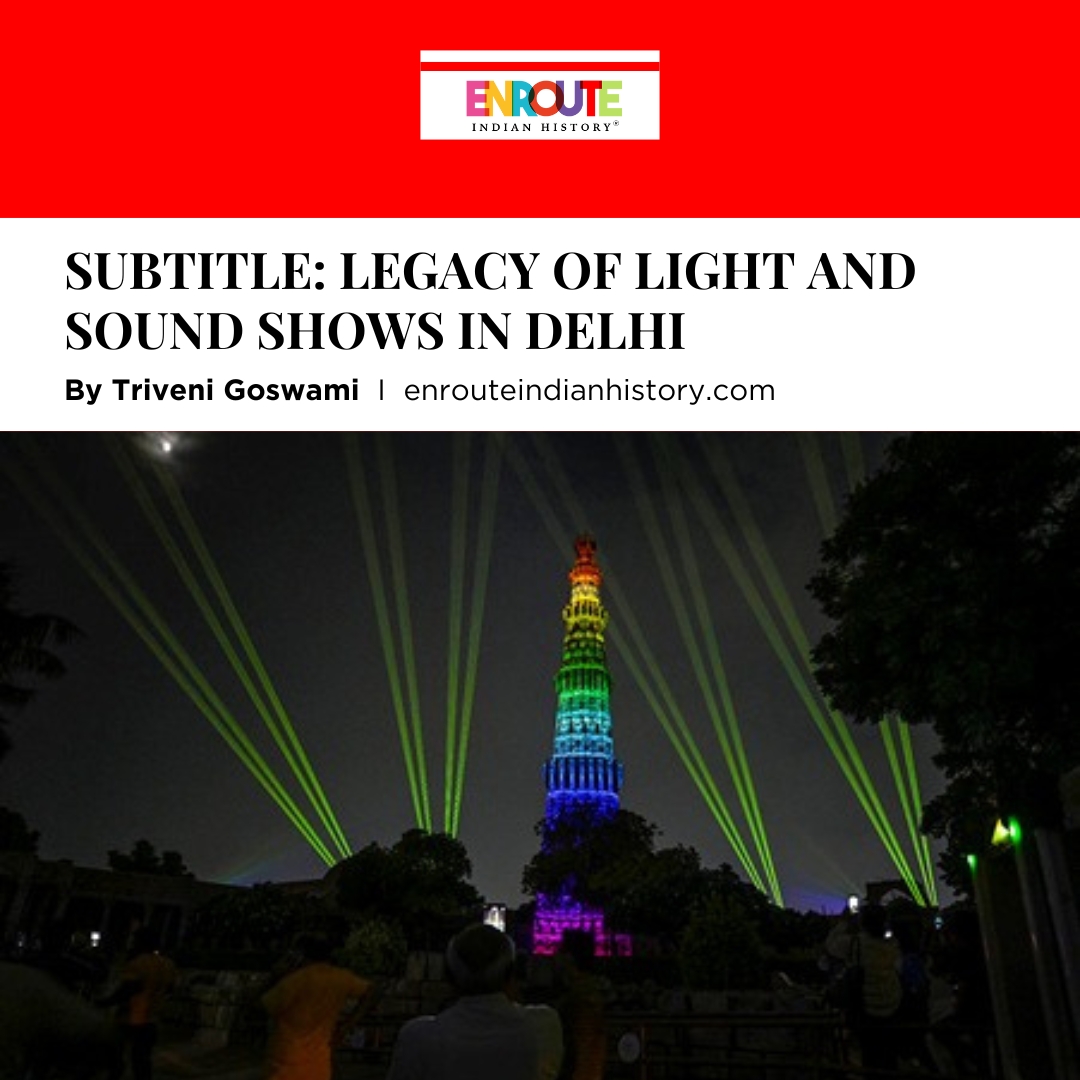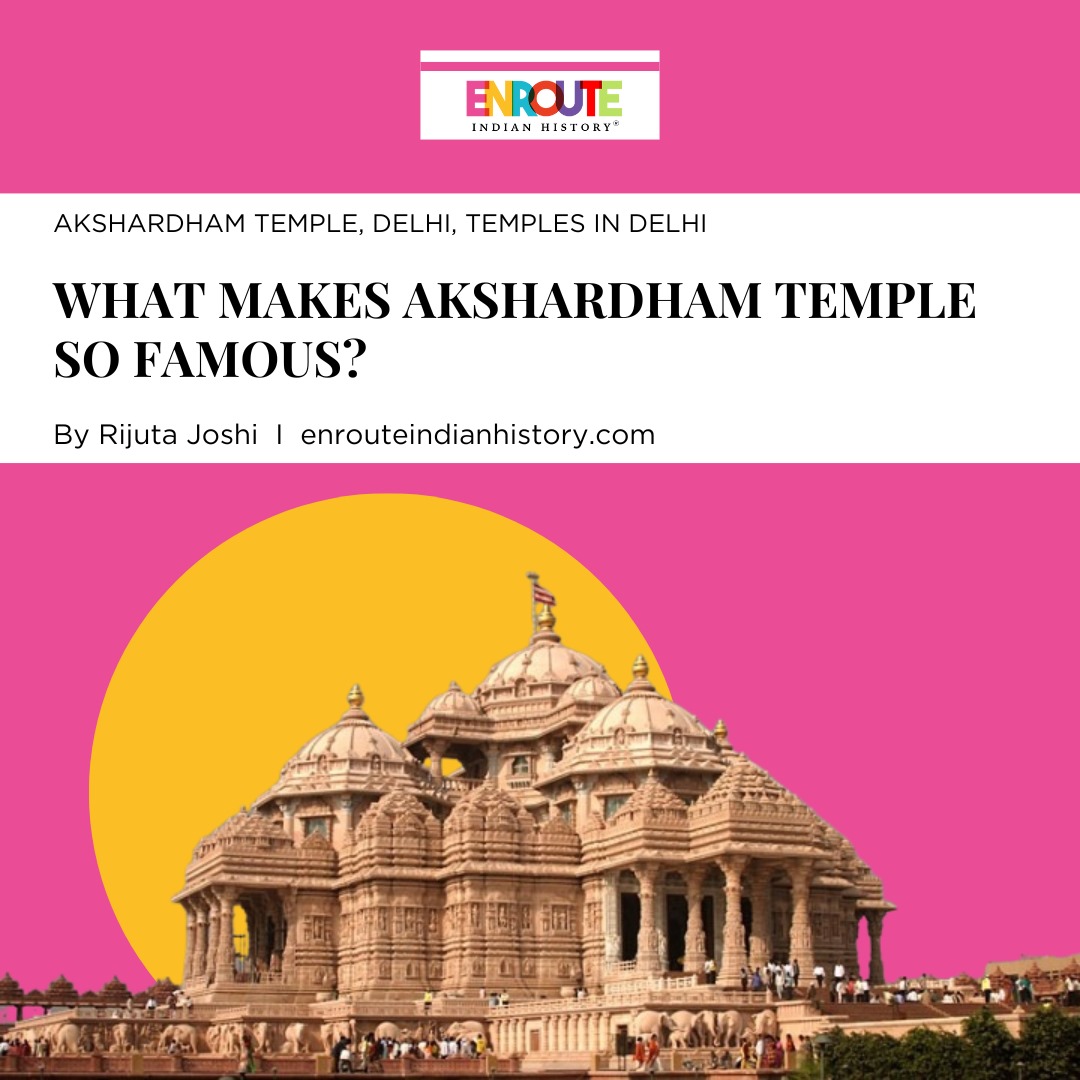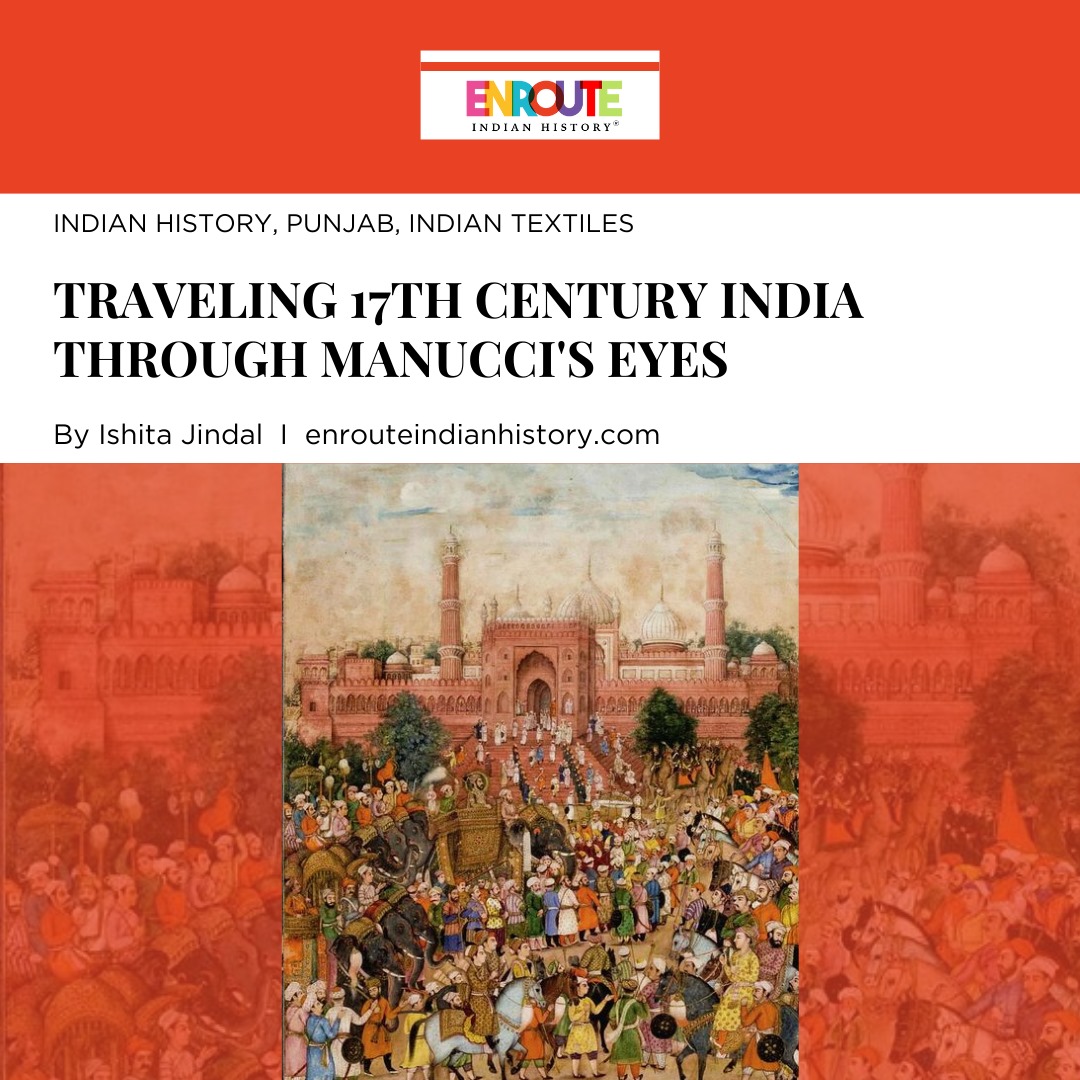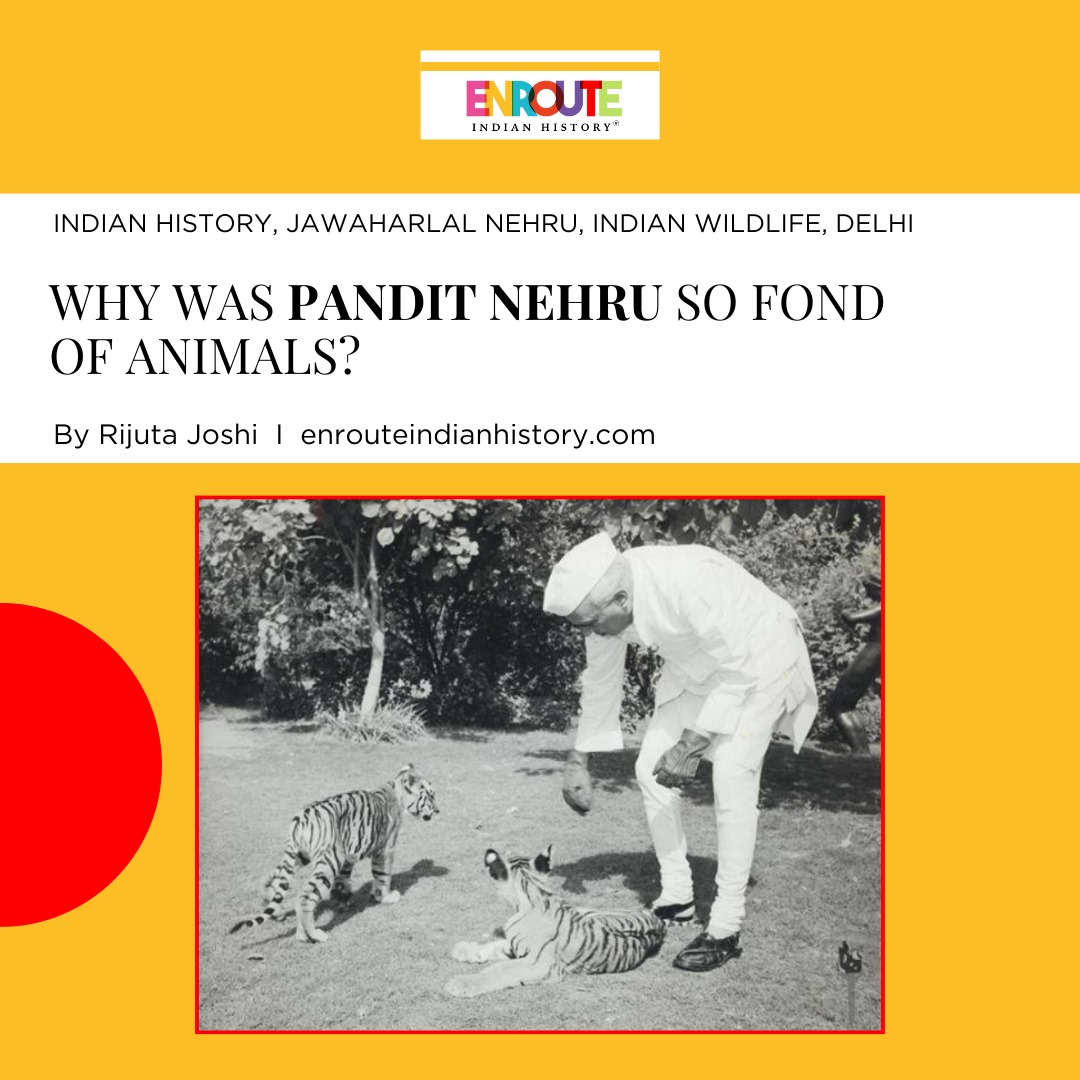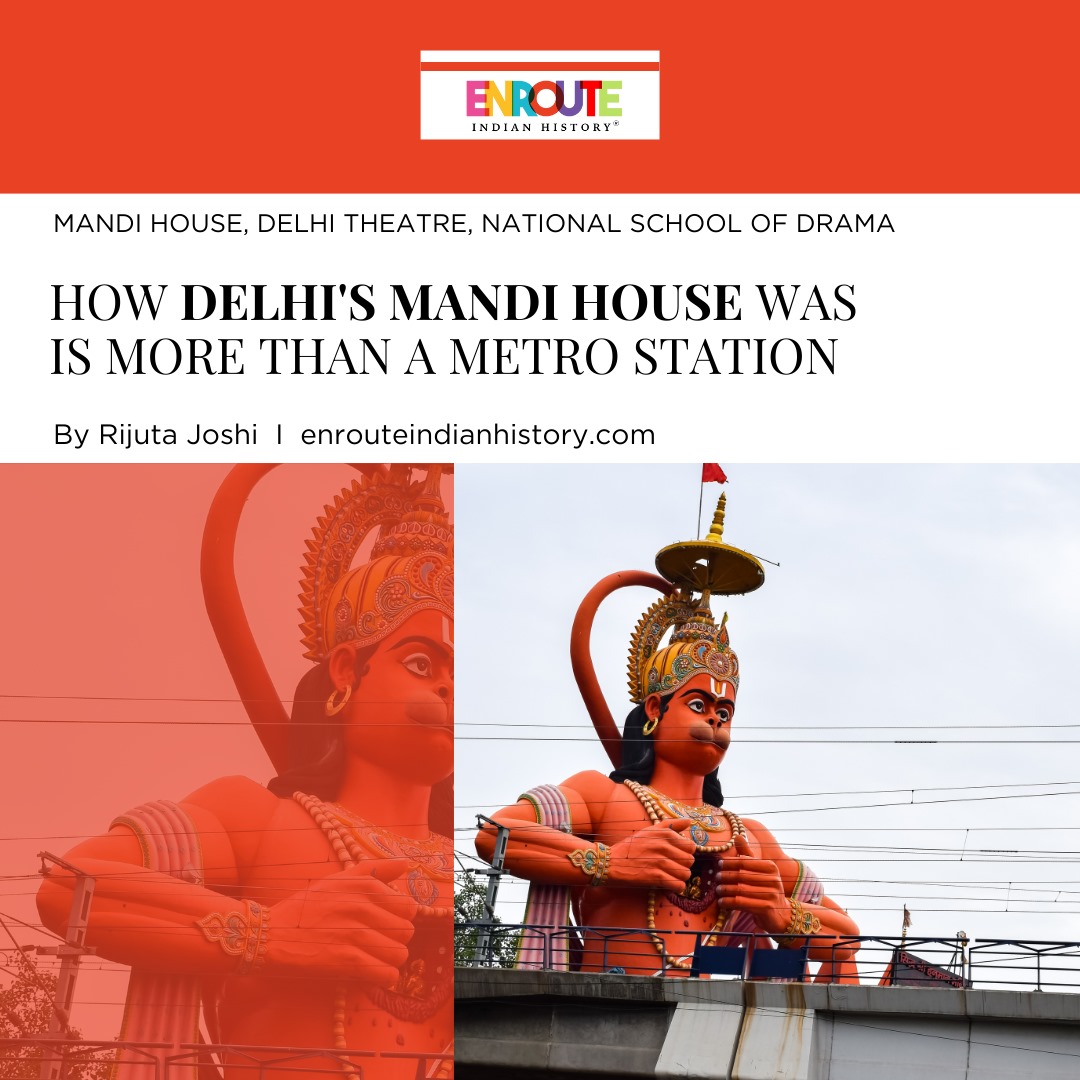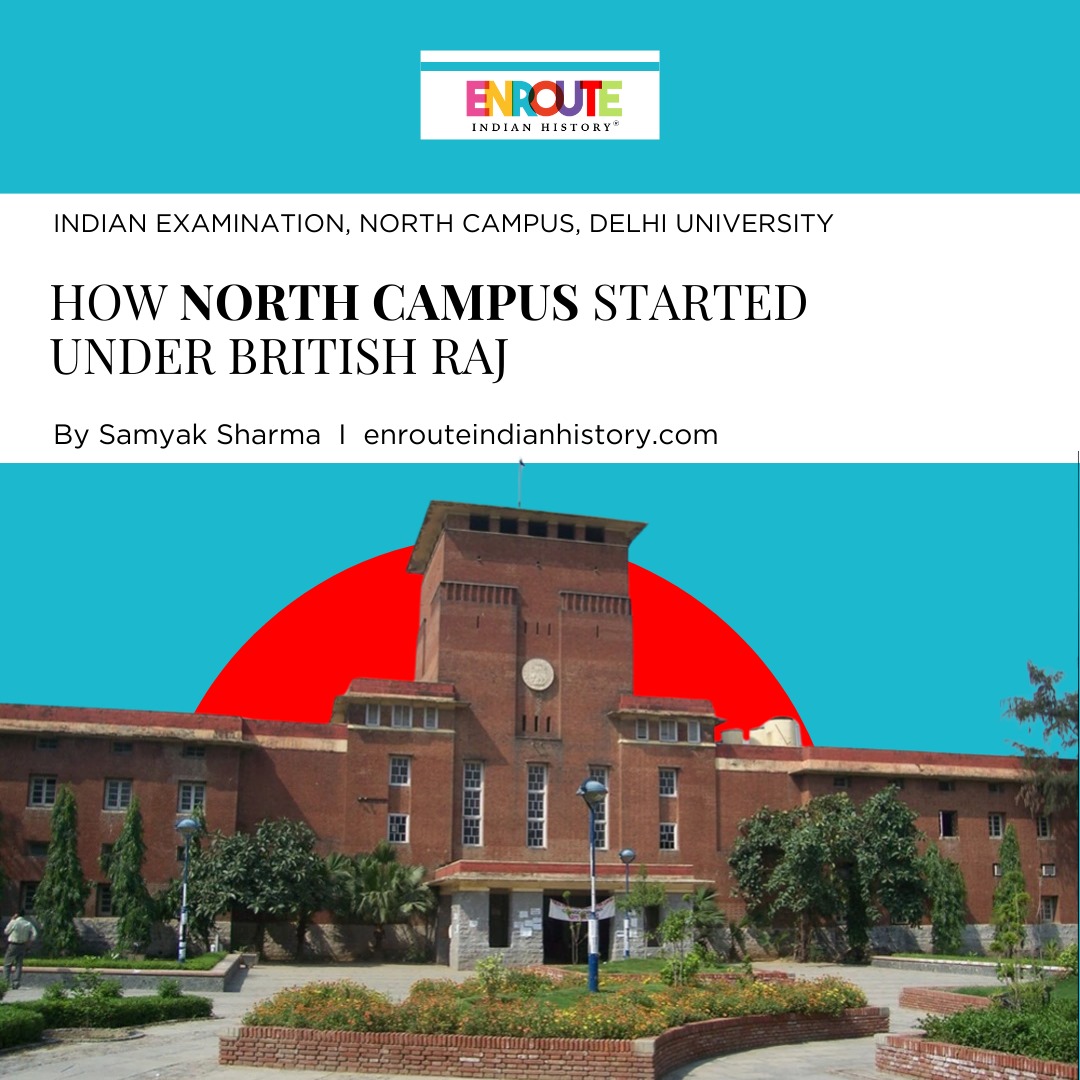Colonials v/s Indian theatre: Dramatic Performances Act of 1876
- enrouteI
- July 6, 2023
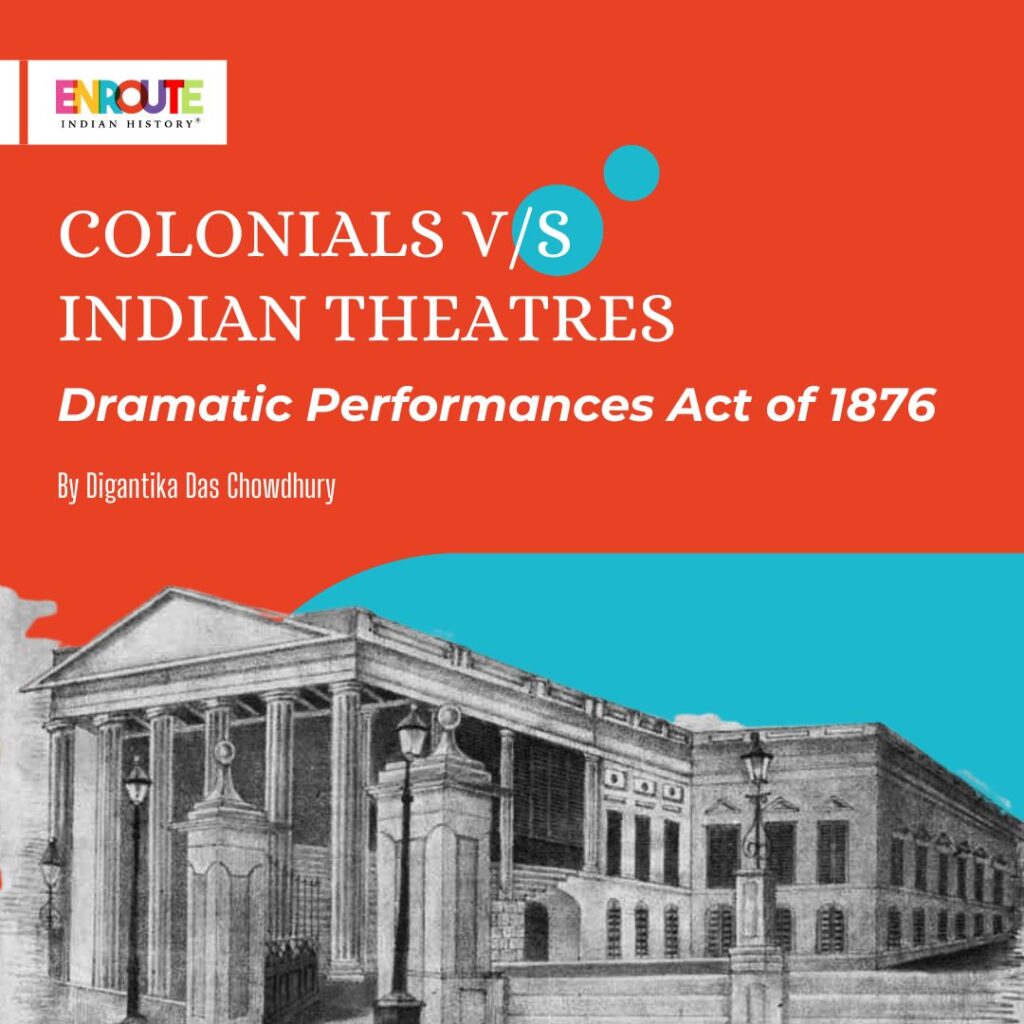
Lingering suspicion of Indians brewing hostility and fabricating protest in the form of dramatics, poetry, and songs exhorted the British to enunciate the Dramatic Performances Act of 1876, the primary intention was to curb the exercise of theatrical representation in the country. Although it drew severe criticism from a wide section of intelligentsia, there were still others who were in favour of such a draconian law, both in order to maintain the status quo within Indian society and to not antagonize the British government.
The Dramatic Performances Control Act of 1876 (Act XIX) was passed on December 16 as a measure against a growing national stage and its political repertoire. It was indeed a prelude to Vernacular Press Act of 1878 through which Lord Lytton wanted to supress all Indian opinion against British Raj―the first shot in this direction having been the inclusion of an anti-sedition clause in the Indian Penal Code. 1 Within a rather short span of ten years the Government introduced four repressive measures―amendment of the Indian Penal Code, the Dramatic Performances Act, the Vernacular Press Act and the Arms Act as a timely answer to the rise of Indian nationalism.
An assessment of the history of colonial government action against the banned Indian plays,about which secret official communications have been published, reveals that imperial authorities equated all nationalist sentiments on the stage and elsewhere with sedition and libel. Record of government policy against dramatists confirms scholar H.M. Joshi’s conclusion about this period: “The British carried on repression relentlessly in India. Even peaceful agitation was frowned upon and suppressed.” 2 Variety of government documents that focused on indigenous plays, moreover, demonstrates the solemnity of colonial state’s evaluation of the potential threat from nationalistic performances and the corresponding sweep of imperial surveillance and regulation of theatrical activities.
Armed with this broad law, the government issued ban orders against nine of the ten plays to pre-empt or terminate their performance. Surendra-Binodini Natak, (1876) that is the name of the play in question, annoyed the government because it was an intensely political piece of writing and was seditious in purport. The charge of obscenity was nothing more than an administrative ruse for avoiding public criticism. government pretended to act as the guardian of public morality while its real intention was to suppress a play which was an assault on the foreign bureaucracy. It was as though the Royalists were to chase a Roundhead or a Jacobin
was to be hanged for unchristian ideas. Political significance of Bengali play and of the legislation it provoked has to be studied against the political background of the seventies. 3 Songs of the Hindu Mela, a national festival started in 1867, were patriotic but seldom violently anti-British. The first political play Bharatmata (1873) was not seditious in the least. Nevertheless, it was obvious that the government was not happy about the mushrooming of national stage and patriotic drama. Far from patriotism to sedition was but one step. In fact, the Bengali stage was taking that step. If plays like Jyotirindranath Tagore’s Purubikram (1874) and Sarojini (1875) fostered the sentiment of patriotism, Upendranath Das’s Surendra Binodini Natak promoted the spirit of sedition.
Another play which provoked the government immensely was Dakshinacharan
Chattopadhyay’s Chakar Darpan Natak (mirror of tea-planters, January 1875) which revived the spirit of Dinabandhu Mitra’s Nil Darpan (1860). An assault on the European planters was nothing less than an assault on the government. Chakar-Darpan was never staged and yet it frightened the government and an English translation of it made for official use is still to be found among the papers relating to the Dramatic Performances Control Act.
4 In the first week of January 1876, the Prince of Wales (Edward VII), then on a visit to India, was received in the house of Jagadananda Mukherjee, a government pleader. Hemchandra Banerjee lampooned the loyal vakil (lawyer) in a fairly powerful satire which was published in Amrita Bazar Patrika on 20 th January, 1870 and about a month later the Great National Theatre burlesqued the whole episode in a farce called Gajadananda and Raj Kumar. To the Calcutta police it was indeed a form of disloyalty publicly to ridicule an individual and they asked the theatre not to repeat the performance. However, the play was produced again by a different name. This angered the government who found it arduous to deal with recalcitrant
and tricky theatre with existing laws. 5 As an emergency measure Lord Northbrook issued an ordinance on 29 th February: “empowering the government of Bengal to prohibit certain dramatic performances which were scandalous, defamatory, seditious, obscene or otherwise prejudicial to the public interest.” 6 The Great National Theatre answered by producing on March 1, 1876 an improvised burlesque called The Police of Pig and Sheep, parodying the police commissioner, Mr. Hogg, and the superintendent of police, Mr. Lamb, with utmost levity. The drama presented that day was none other than Surendra-Binodini Natak in which prisoners break open the iron gates and kill a British magistrate. Later, the police arrested Upendra Nath Das, Amritalal Bose and eight others of the Great National Theatre and charged them with having acted an immoral drama. From the judgement passed by the authorities about the play appears to be a punishment for its anti-British spirit rather than its
obscenity.
Some playwrights, like Anant Vaman Barve, Soman and D.V. Nevalkar turned to abstract
allegorical characters. Thus, in Barve’s 1898 play, Lokmat Vijaya, staged in the southern Deccan city of Kolhapur, Vicharswatantraya represented Bal Gangadhar Tilak, the radical nationalist leader and “the bete noire par excellence of British imperialism”; 7 Deshabhiman represented D.A Khare, another nationalist figure; Ektantra represented the British Secretary of State for India. According to Orientalist Translator’s memorandum, the allegory implied that transferring power from a bureaucrat to the people of India would win peace for the land.
Hints in the plot and characterization suggested contemporary parallels. Some details, however, were altered to make the political parallels deliberately inexact. As the government translator recognized, this left “a loophole of escape for the writer in the event of his being charged with any offence.”
8The other playwrights, however, cloaked their political allegories behind thicker cultural camouflage. They claimed merely to be celebrating Indian culture, i.e., dramatizing events from the nation’s folklore, history, or religious epics. Two plays―Anna Martand Joshi’s seven-act musical, Shiva Chhatrapati Vijaya, and Ramchandra Mahadeo Mhaiskar’s Vijaya Toran―dramatized Maratha martial heroes whose war against Muslim occupation of India were analogous to the fight against the British. The dramatists utilized such subjects because the audience was intimately familiar with these historical and mythical plots and personalities and was thus alerted to their accumulated meanings, associations, and resonances. Such coded sources facilitated subtle, indirect and surreptitious communication. Finally, in the context of the independence movement, simply by depicting India’s heroic past, the dramatists inspired patriotism, encouraged participation in the freedom struggle, and offered an antidote to spreading cultural colonization.
The Act provided “that whenever the government was of opinion that any dramatic
performance was scandalous or defamatory or likely to excite feelings of dissatisfaction towards the government or likely to cause pain to any private party in its performance, or was otherwise prejudicial to the interest of the public, government might prohibit such a performance, and still more arbitrary is the section which empowers any magistrate or police officer” 9 to enter with such assistance as may be requisite by night or by day and by force if necessary to enter any such house, room or place and take into custody all persons whom he finds there for the said purpose. This was authorizing police to do whatever they liked and as
a piece of legislation it was no less obnoxious than the Vernacular Press Act of 1878.
As we look back to those days and observe their link with our later toils for freedom, we realize that repressive measures such as these only strengthened the new nationalism. Despite government prosecution and eventual proscription, the dramatists had performed the idea of successful nationalist resistance and the idea of the end of imperial dominion―on the public stage, and thus, inevitably, on the political stage of colonial India. Given the range and power of legal and administrative machinery of suppression arrayed against these playwrights, theirs
was no small achievement, because, if “the enterprise of empire depends upon the idea of having an empire,” 10 as Edward Said argues in Culture and Imperialism, then decolonization depends significantly upon the idea of the end of empire posited by the anticolonial artist.
The legacy of these makers of modern theatre appears in a postcolonial Indian theatre that idealizes plays which grapple with current political, social, and philosophical issues and at the same time meld the contemporary with the historic, the indigenous with the foreign.
References
1 Dasgupta, R.K. The Political Background of the Dramatic Performances Control Act of 1876,
Proceedings of the Indian History Congress, Vol. 21 (1958), pp. 510-514 (5 pages)
https://www.jstor.org/stable/44145248
2 Solomon H. Rakesh. Culture, Imperialism, and Nationalist Resistance: Performance in Colonial India,
Theatre Journal, Vol. 46, No. 3, Colonial/Postcolonial Theatre (Oct., 1994), pp. 323-347 (25 pages)
https://doi.org/10.2307/3208610
3 Chattopadhyay, Majnu. The Patriotic Theatre in Bengal National Awakening and Imperialist Reaction
(1872-1876) Proceedings of the Indian History Congress Vol. 36 (1975), pp. 458-466 (9 pages). Published
By: Indian History Congress https://www.jstor.org/stable/44138868
4 Ibid, pp. 459-460.
5 Mitra, Amrita. Bengali Theatre and Communal Amity: An Effort Towards National Integration,
Proceedings of the Indian History Congress Vol. 77 (2016), pp. 718-726 (9 pages). Published By: Indian
History Congress https://www.jstor.org/stable/26552701
6 Chattopadhyay, Majnu. The Patriotic Theatre in Bengal National Awakening and Imperialist Reaction
(1872-1876) Proceedings of the Indian History Congress Vol. 36 (1975), pp. 463. Published By: Indian
History Congress https://www.jstor.org/stable/44138868
7 Dasgupta, R.K. The Political Background of the Dramatic Performances Control Act of 1876,
Proceedings of the Indian History Congress, Vol. 21 (1958), pp. 510-514 (5 pages).
https://www.jstor.org/stable/44145248
8 Solomon H. Rakesh. Culture, Imperialism, and Nationalist Resistance: Performance in Colonial India,
Theatre Journal, Vol. 46, No. 3, Colonial/Postcolonial Theatre (Oct., 1994), pp. 326.
https://doi.org/10.2307/3208610
9 Dasgupta, R.K. The Political Background of the Dramatic Performances Control Act of 1876,
Proceedings of the Indian History Congress, Vol. 21 (1958), pp.514
https://www.jstor.org/stable/44145248
10 Solomon H. Rakesh. Culture, Imperialism, and Nationalist Resistance: Performance in Colonial India,
Theatre Journal, Vol. 46, No. 3, Colonial/Postcolonial Theatre (Oct., 1994), pp. 347
https://doi.org/10.2307/3208610
- February 22, 2024
- 8 Min Read


